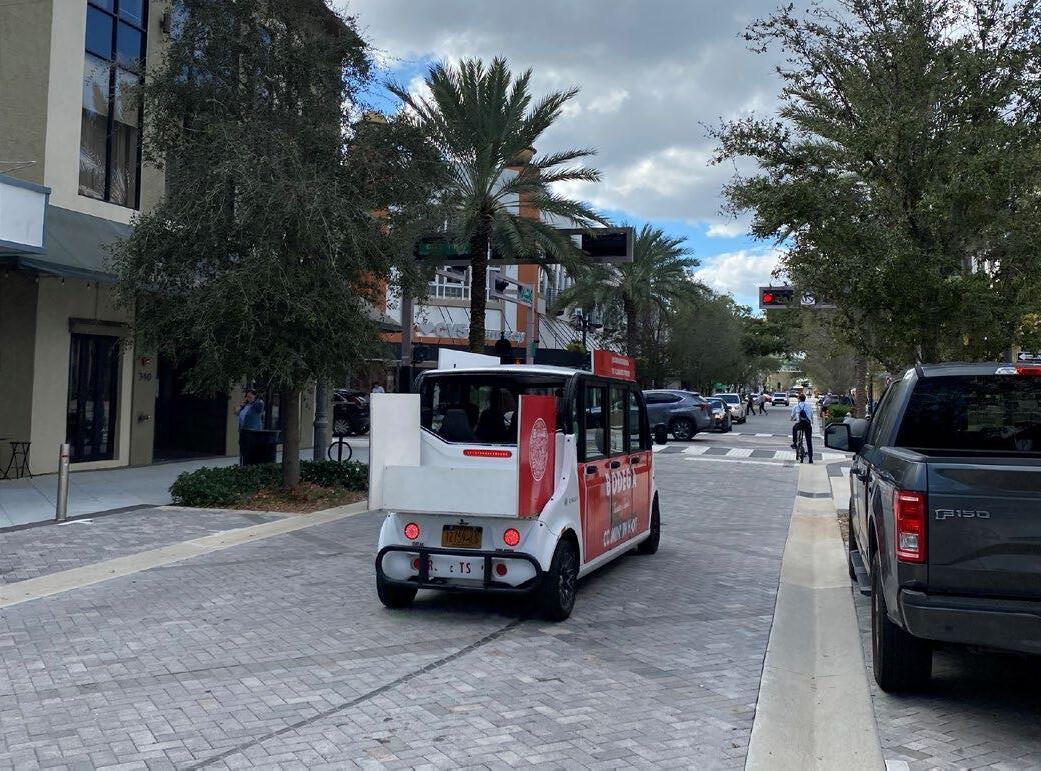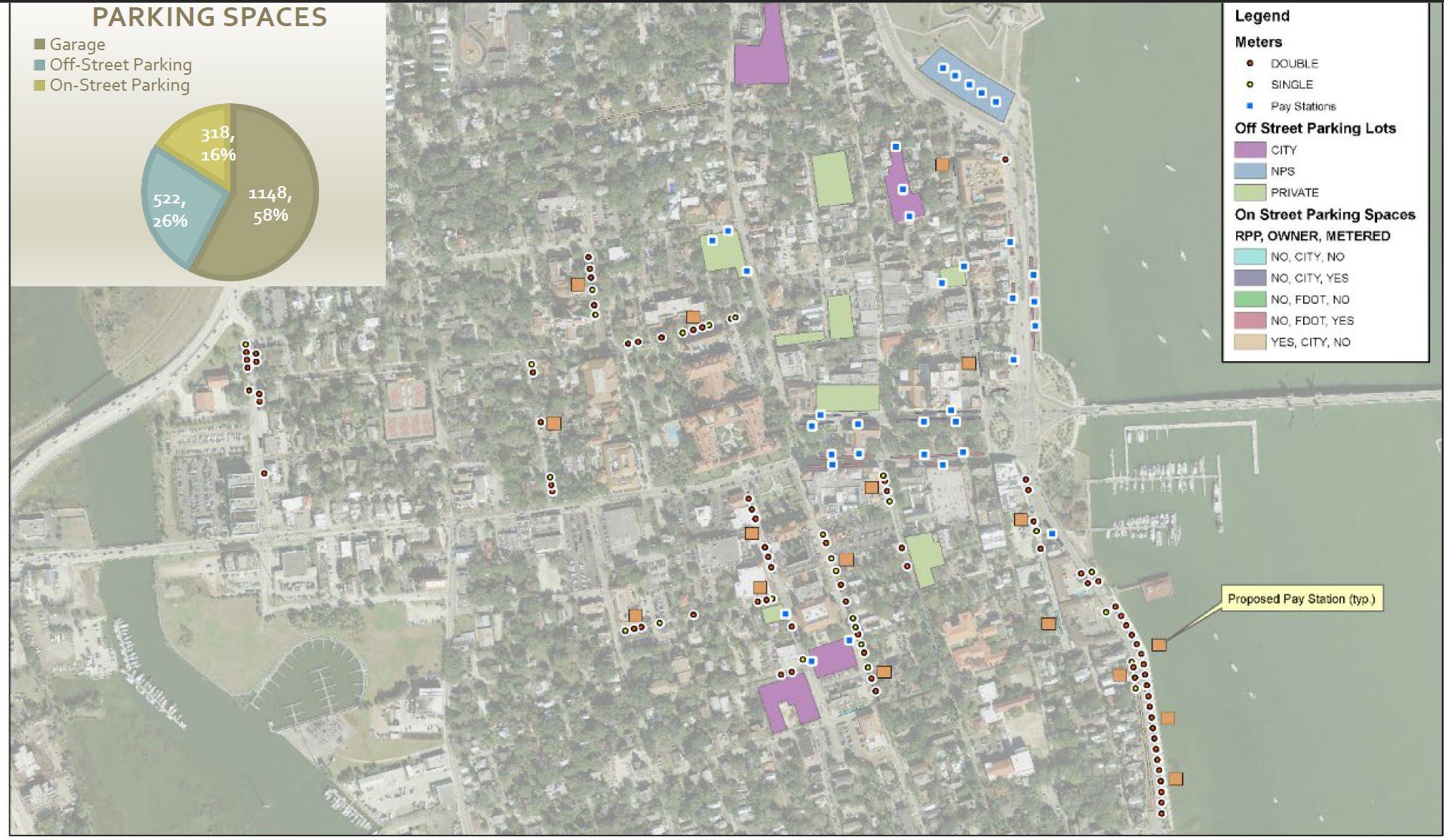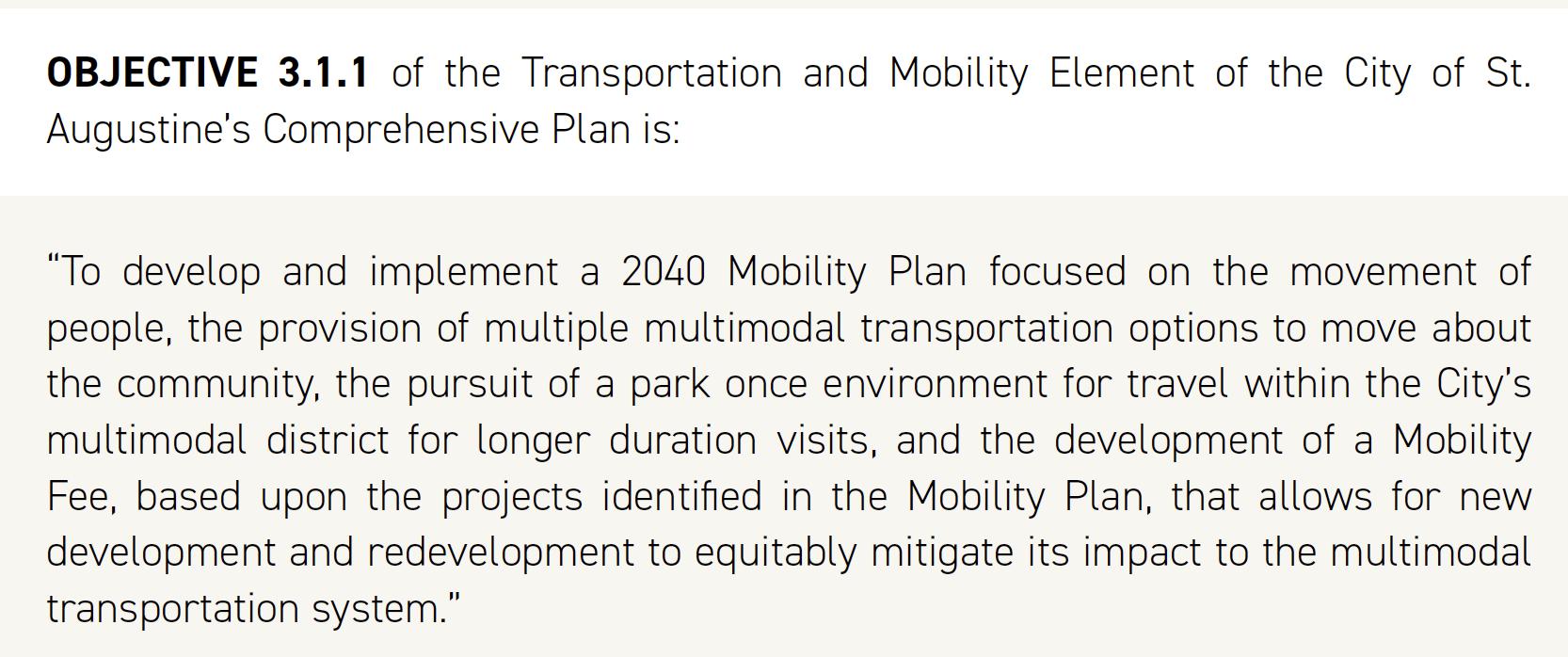Quality Over Quantity:

Say Goodbye to Level of Service and Hello to Safer Streets For All!




Say Goodbye to Level of Service and Hello to Safer Streets For All!



• Separation of Uses
• Induced Demand

• Sprawl

“Thedefinitionofinsanityisdoingthesamethingand
– Albert Einstein
expectingdifferentresults”


“Youcan’tbuildyourway

“Builditandtheywillcome”

outofcongestion”
• 1985

“Growth Management Act”: Comp Plans & Transportation Concurrency
• 1999 Transportation Concurrency Exception Areas (TCEA)
• 2005 Proportionate Share (Pay-and-Go), Multimodal Transportation Districts (MMTD)
• 2007 Mobility Fees (Alternative fee system)
• 2009 Dense Urban Land Areas (DULA)
• 2010
• 2011
First Mobility Plan & Mobility Fee
“Community Planning Act”: Transportation Concurrency Optional
• 2013 Mobility Plans & Fee Preferred Mitigation Approach



• 20-25 Year Vision
• Holistic Approach to Mobility
• Integrates Land Use & Transportation

• Prioritizes:
• Moving People vs. Moving Cars

• Safe Streets for All
• Compact Development
• Placemaking
• Basis for Mobility Fee
• Blueprint for Implementation
• One-time fee paid by (re) development
• Alternative to transportation concurrency & road impact fees
• Intended to offset transportation impact
• Funding source for Mobility Plan projects


• Can be spent on a variety of multimodal infrastructure, policies, programs, and services

Streets of the past
• Prioritize high speeds & moving vehicles
• Encourage long trips
• High fatality & injury rates
• Designed for commuters

• Carbon generators


• Prioritize lower speeds, safety, and movement of people
• Encourage accessibility
• Goal of zero road deaths and serious injuries
• Designed equitably for all users
• Carbon mitigators



































• Not currently an allowable land use
• No design, dimension, or landscape requirements
• No limits on the number of allowable spaces or design of spaces
• No rules governing use, towing, hours of operation, or rates

• Increasing number of complaints of predatory practices
• Visitors frequently believe lots are City facilities, not privately owned
• Consider banning all paid off-street surface parking (including City)
• Establish regulations for paid off-street surface parking

• Allow for shared-use parking studies

• Allow for multimodal off-sets
• Allow off-site parking to meet parking requirements within certain distance
• Allow for on-street parking to be provided versus off-street
• Allow for valet parking and mechanical lifts
• Allow for payment in-lieu of parking spaces (fund multimodal or surface)
• Allow for annual rental of off-site parking spaces (surface or structure)


Q8: If downtown parking inventory was reduced, rank the following parking alternatives in order of preference.
Sunshine bus ride share (Uber/Lyft)

Q9: What alternatives to parking downtown would you be willing to use?
satellite parking with direct shuttle drop-off
satellite parking within walking distance
satellite parking with "circulator" service riding a bike Sunshine bus ride share (Uber/Lyft)
Other (please specify)

• Realizing that the tourist economy has changed St. Augustine – 800,000 people tour the Fort per year, 3,000,000 visitors some years as high as 6,000,000 before COVID in a town of 15,000 people

• The congestion is not going to go away with the growth in St. Johns County as well, we are the entertainment district for the area


• We have to adjust and get creative to maintain some sense of livability and balance
• The Comprehensive Plan update process looking at 2040 was really worthwhile, and now is the hard part actually updating the everyday codes that really make it happen





























July 2017


